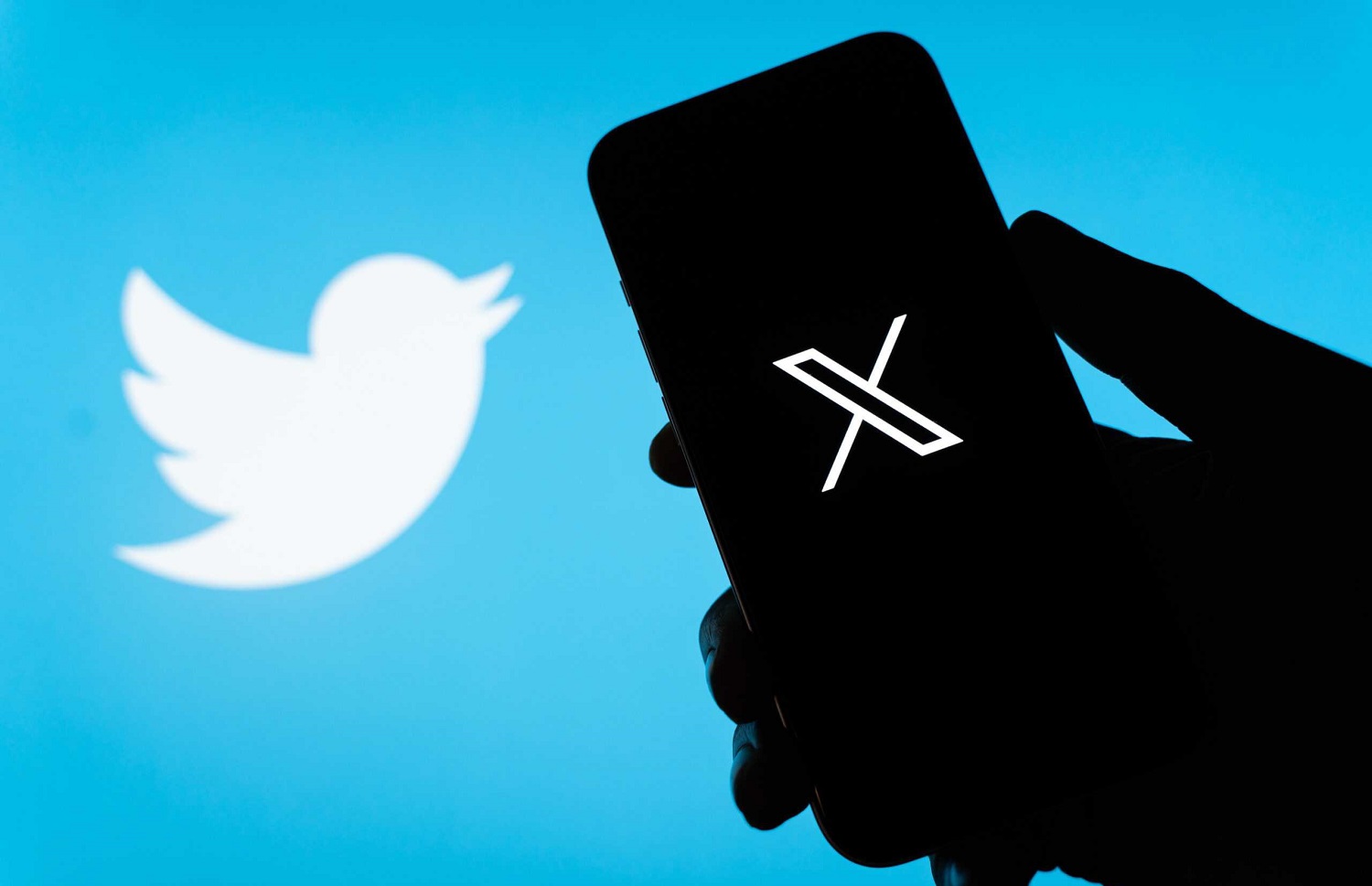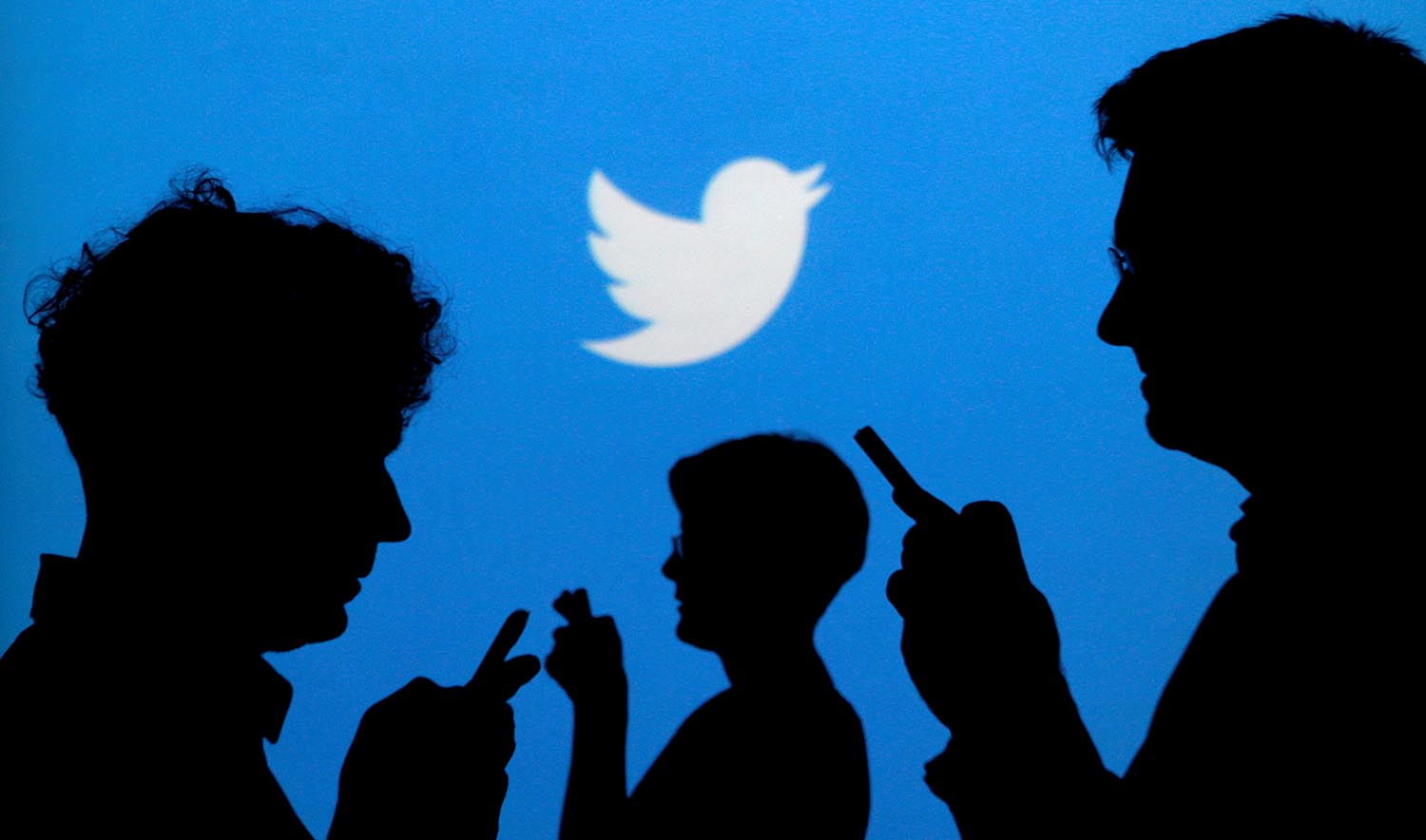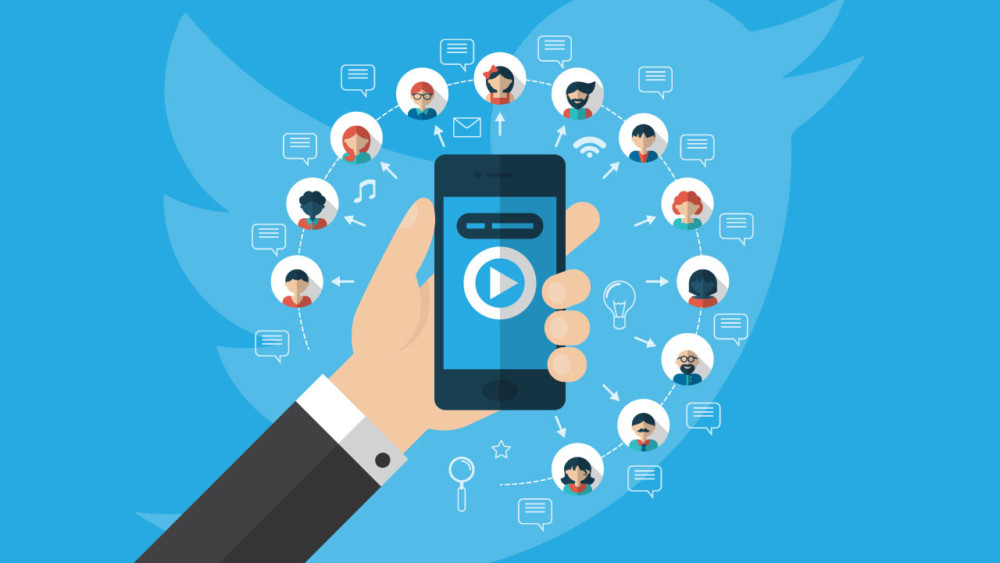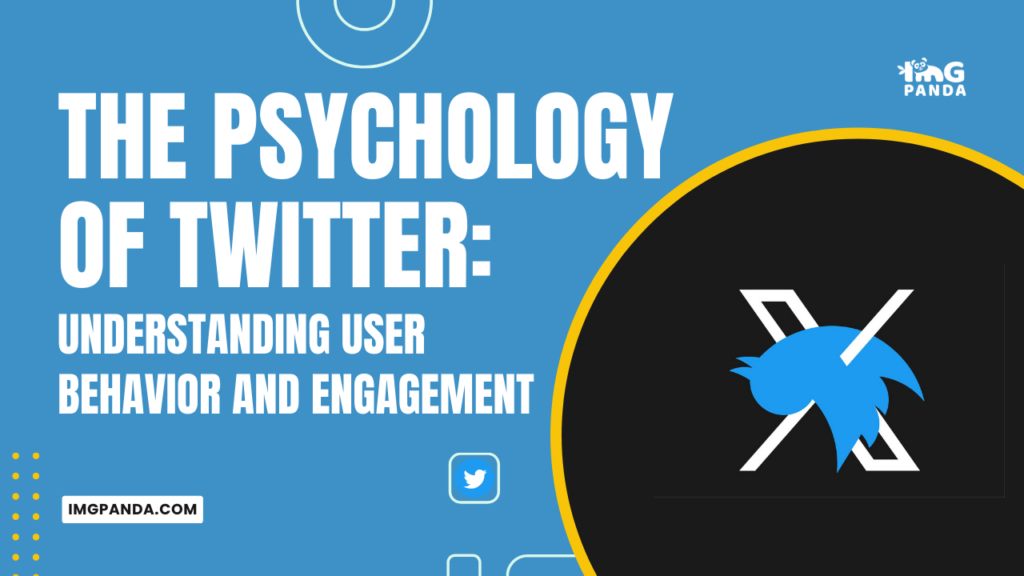Introduction
Twitter is one of the most popular social media platforms, with over 300 million active users worldwide. As a microblogging platform, Twitter allows users to post short messages or "tweets" that can be viewed by others in their network. While Twitter has become a ubiquitous tool for communication, it is also a powerful tool for understanding human behavior and engagement on social media.
The purpose of this paper is to examine the psychology of Twitter, with a focus on understanding user behavior and engagement. Specifically, this paper will explore the theoretical frameworks that explain Twitter user behavior, the factors that affect user engagement on Twitter, and the dark side of Twitter, including its negative impact on mental health, the spread of misinformation and disinformation, and the prevalence of cyberbullying and harassment.
As social media becomes an increasingly important tool for communication and information sharing, understanding the psychology of Twitter can have significant implications for social media managers, marketers, and anyone seeking to engage with Twitter users. By understanding the factors that drive user behavior and engagement, individuals and organizations can develop more effective strategies for communicating and engaging with Twitter users, while also minimizing the risks associated with negative aspects of the platform.
Also Read This: Downloading Images from 123RF for Free: Quick Guide
Theoretical Framework
Theoretical frameworks are important for understanding user behavior and engagement on Twitter. Several theories have been applied to the study of social media behavior, including social cognitive theory, self-determination theory, theory of planned behavior, and social identity theory.
[caption id="attachment_193095" align="alignnone" width="1500"] Theoretical Framework[/caption]
Theoretical Framework[/caption]
Social Cognitive
Social cognitive theory focuses on the interplay between personal motivations, social norms, and environmental factors. It suggests that behavior is shaped by both internal factors, such as individual beliefs and attitudes, and external factors, such as social norms and environmental influences. In the context of Twitter, this theory suggests that user behavior is influenced by a range of factors, including personal motivations for using the platform, social norms around Twitter use, and the influence of other users within their network.
Self-determination
Self-determination theory emphasizes the importance of individual autonomy and competence in shaping behavior. It suggests that users who feel a sense of autonomy and competence on Twitter are more likely to engage with the platform in positive ways, such as sharing high-quality content and engaging in constructive conversations. By understanding the factors that contribute to user autonomy and competence on Twitter, researchers and practitioners can develop strategies for promoting positive user behavior on the platform.
The theory of planned behavior
The theory of planned behavior posits that behavior is influenced by three key factors: attitudes toward the behavior, subjective norms around the behavior, and perceived behavioral control. Applied to Twitter, this theory suggests that user behavior is influenced by their attitudes toward Twitter, the social norms around Twitter use within their network and their perceived control over their behavior on the platform. By understanding these factors, researchers and practitioners can develop strategies for promoting positive user behavior on the platform, while also mitigating negative behavior.
Social identity theory
Social identity theory focuses on the impact of social networks on Twitter engagement. It suggests that individuals derive a sense of identity and self-esteem from their membership in social groups. Applied to Twitter, this theory suggests that users are more likely to engage with the platform when they feel a sense of identity and belonging within their Twitter network. By understanding the factors that contribute to social identity on Twitter, researchers and practitioners can develop strategies for promoting positive user behavior and engagement on the platform.
Also Read This: How to Download Getty Images Without a Watermark (Legally)
User Behavior on Twitter
Understanding user behavior
Understanding user behavior on Twitter is crucial for developing effective strategies for engaging with users on the platform. Several factors influence user behavior on Twitter, including their motivations for using the platform, their personality traits, and the role of emotions in Twitter engagement.
[caption id="attachment_193096" align="alignnone" width="1500"] User Behavior on Twitter[/caption]
User Behavior on Twitter[/caption]
One of the primary motivations
One of the primary motivations for using Twitter is to stay up to date on news and current events. Twitter provides a real-time stream of information and allows users to quickly share and access breaking news. Users may also use Twitter to connect with friends and colleagues, share their own thoughts and ideas, and engage in conversations with others. If you want to download the motivational content from the content then you can download by clicking here
Personality Traits
Personality traits also play a role in Twitter user behavior. Research has found that users who are more extroverted, open to experience, and emotionally stable are more likely to engage with Twitter in positive ways. These users are more likely to share high-quality content, engage in constructive conversations, and maintain a larger social network on the platform.
Emotions
Emotions also play a significant role in Twitter engagement. Users are more likely to engage with content that elicits strong emotions, such as joy, anger, or sadness. Emotions can also influence the likelihood of sharing content, with users more likely to share content that elicits positive emotions, such as humor or inspiration.
Overall, understanding the motivations, personality traits, and emotional factors that influence Twitter user behavior can help researchers and practitioners develop more effective strategies for engaging with users on the platform. By providing high-quality content that elicits positive emotions and resonates with users' motivations for using the platform, individuals and organizations can increase their engagement with Twitter users and build stronger relationships with their followers.
Also Read This: Deleting Your Depositphotos Account: A Quick Tutorial
Factors Affecting User Engagement on Twitter
Several factors affect user engagement on Twitter, including the quality of content, timing, and frequency of tweets, and the influence of social network structure.
[caption id="attachment_193097" align="alignnone" width="1000"] Factors Affecting User Engagement on Twitter[/caption]
Factors Affecting User Engagement on Twitter[/caption]
The quality of content
The quality of content is one of the most important factors affecting user engagement on Twitter. Users are more likely to engage with high-quality content, such as informative or entertaining posts that are relevant to their interests. Content that is unique, valuable, and shareable is more likely to generate engagement and promote viral sharing. In addition, content that is visually appealing, easy to read, and concise can also increase engagement.
Timing and Frequency
Timing and frequency of tweets also play a significant role in user engagement. Research has shown that tweets posted during peak usage times, such as during the morning and evening commutes, are more likely to generate engagement than tweets posted during off-peak times. Moreover, a consistent posting schedule is important for maintaining engagement, as users are more likely to engage with accounts that post regularly and predictably.
Social network
Social network structure also influences user engagement on Twitter. Users are more likely to engage with content that is shared by individuals within their own network, such as friends or followers. Moreover, users are more likely to engage with content that is shared by influential users or those with a large following. The influence of these individuals can help promote engagement with content and increase its reach.
Also Read This: Brush Bonanza: Download Brushes from DeviantArt
The Dark Side of Twitter
While Twitter is a powerful tool for communication and engagement, it also has a dark side. Several negative effects of Twitter have been identified, including its impact on mental health, the spread of misinformation and disinformation, and the prevalence of cyberbullying and harassment.
[caption id="attachment_193098" align="alignnone" width="1200"] The Dark Side of Twitter[/caption]
The Dark Side of Twitter[/caption]
Most significant negative effects
One of the most significant negative effects of Twitter is its impact on mental health. Studies have found that excessive use of social media, including Twitter, can lead to increased feelings of anxiety, depression, and loneliness. Moreover, the constant stream of negative news and information on the platform can contribute to feelings of despair and hopelessness.
Spread of misinformation and disinformation
The spread of misinformation and disinformation is also a significant problem on Twitter. The ease with which false or misleading information can be shared on the platform has led to the rapid spread of conspiracy theories, propaganda, and other forms of misinformation. This can have serious consequences, such as influencing public opinion on important issues or undermining trust in government and other institutions.
Cyberbullying and Harassment
Cyberbullying and harassment are also prevalent on Twitter, particularly for marginalized or vulnerable populations. Users may be subjected to abusive or threatening messages, which can have serious consequences for their mental health and well-being. Moreover, the anonymity afforded by Twitter can make it difficult to hold perpetrators accountable for their behavior. Here's a video titled "Speaking of Psychology," focusing on the use of Twitter to model the psychological traits exhibited by individuals.
Also Read This: Free Downloads from 123RF: A Simple Guide
FAQs
Q: What is the psychology of Twitter?
A: The Psychology of Twitter refers to the study of user behavior and engagement on the social media platform Twitter.
Q: Why is understanding user behavior and engagement on Twitter important?
A: Understanding user behavior and engagement on Twitter is important for developing effective strategies for engaging with users, promoting positive behavior, and mitigating negative behavior on the platform.
Q: What theoretical frameworks are relevant for understanding Twitter user behavior?
A: Several theoretical frameworks are relevant for understanding Twitter user behavior, including social cognitive theory, self-determination theory, theory of planned behavior, and social identity theory.
Q: What factors influence user behavior on Twitter?
A: Several factors influence user behavior on Twitter, including personal motivations, personality traits, and emotions.
Q: What factors affect user engagement on Twitter?
A: Several factors affect user engagement on Twitter, including the quality of content, timing, and frequency of tweets, and the influence of social network structure.
Q: What are the negative effects of Twitter?
A: The negative effects of Twitter include its impact on mental health, the spread of misinformation and disinformation, and the prevalence of cyberbullying and harassment.
Conclusion
In conclusion, Twitter is a powerful tool for communication and engagement that offers many benefits for individuals and organizations. Understanding the psychology of Twitter, including user behavior and engagement, is crucial for developing effective strategies for engaging with users, promoting positive behavior, and mitigating negative behavior on the platform.
Theoretical frameworks, such as social cognitive theory, self-determination theory, theory of planned behavior, and social identity theory, provide useful lenses through which to understand the complex factors that influence Twitter user behavior and engagement. However, Twitter also has a dark side, including its impact on mental health, the spread of misinformation and disinformation, and the prevalence of cyberbullying and harassment.
Individuals and organizations must take steps to promote positive behavior and address negative behavior to create a safer and more positive environment on Twitter. By doing so, individuals and organizations can fully realize the potential of Twitter as a tool for communication and engagement.









































